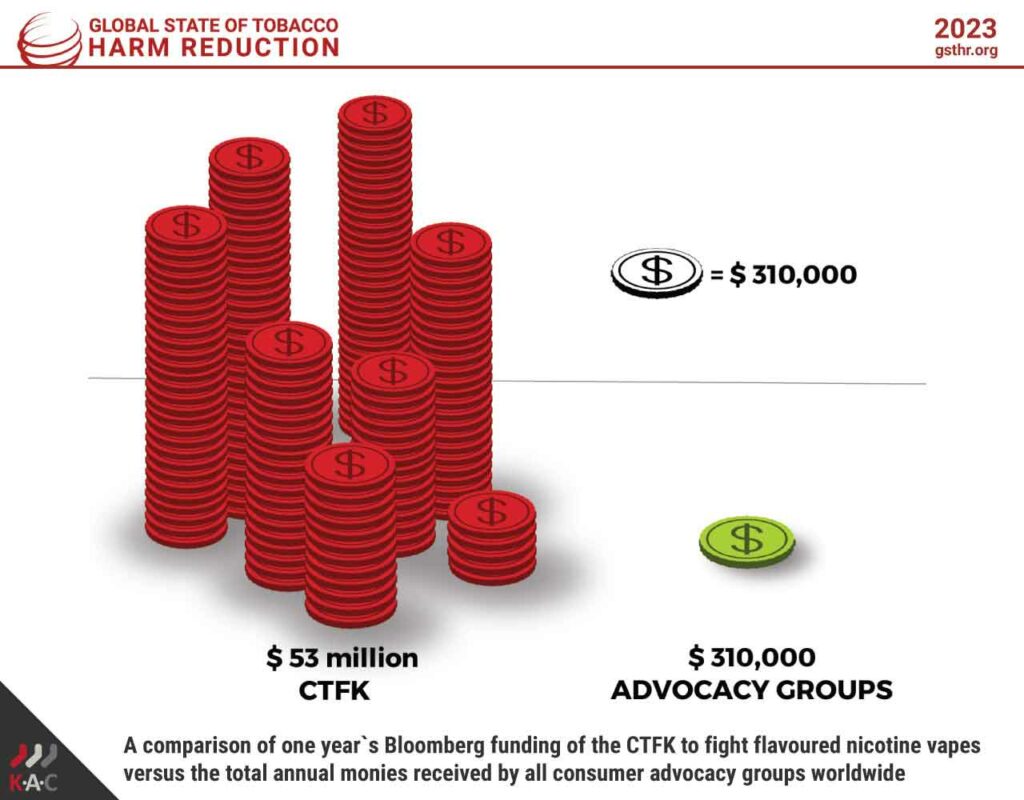Consumer Groups Critical to THR: Paper
- Featured Harm Reduction News This Week
- November 10, 2023
- 0
- 3 minutes read


Consumer advocacy organizations play a critical role in ensuring safer nicotine products are available as alternatives for those who use high-risk tobacco products, according to a new briefing paper by the Global State of Tobacco Harm Reduction (GSTHR).
The absence of consumer perspectives from 10th Conference of the Parties to the Framework Convention on Tobacco Control–which was scheduled to be held in November but has been postponed due to social unrest in the host nation, Panama—will hamper collective efforts to bring an end to the smoking epidemic, according to the GSTHR.
Consumer advocacy groups are also overstretched and under-resourced, according to the report. During the 12 months prior to the study, the total funding for all of the groups surveyed was only $309,810. None of this money came from tobacco or pharmaceutical companies, despite oft-repeated allegations from opponents of tobacco harm reduction. By contrast, the Campaign for Tobacco Free Kids received $160 million from Bloomberg Philanthropies in 2019 to oppose flavors in nicotine vapes.

Despite the lack of funding, tobacco harm reduction consumer advocacy organizations have achieved a lot. “From the very early days of simply sharing information on products with peers who hoped to quit smoking, through to the emergence of more organized advocacy efforts, consumers have been central to the development of tobacco harm reduction,” said Jessica Harding, director of external engagement at Knowledge Action Change, in a statement.
“Consumer advocacy groups play a vital role in maintaining access to safer nicotine products throughout the world and, despite the many obstacles they face, their achievements are impressive.”
“People who use safer nicotine products and people who smoke are significantly affected by policy responses to tobacco and nicotine, broadly described as ‘tobacco control,’” said Gerry Stimson on behalf of the GSTHR project.
“They are also the people who would most benefit from tobacco harm reduction. As in other comparable areas of public health, there must be a recognition of the contribution consumer advocacy groups can make to inform decisionmaking at meetings such as COP10. Their experiences are testament to the potential of harm reduction, and they should be heard.”
Tobacco Reporter’s Stefanie Rossel recently explored the role of consumer advocacy groups in her article “Persistence Pays.”

